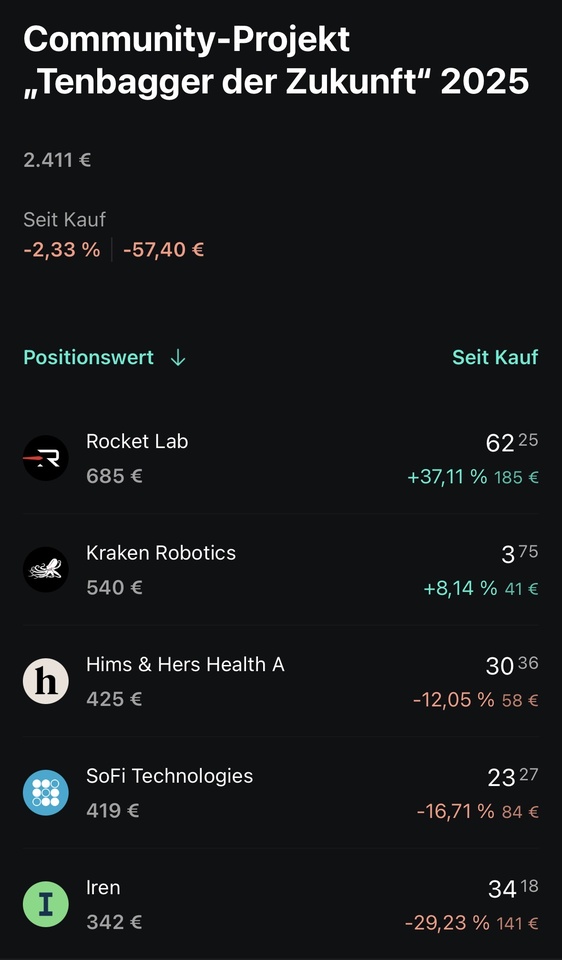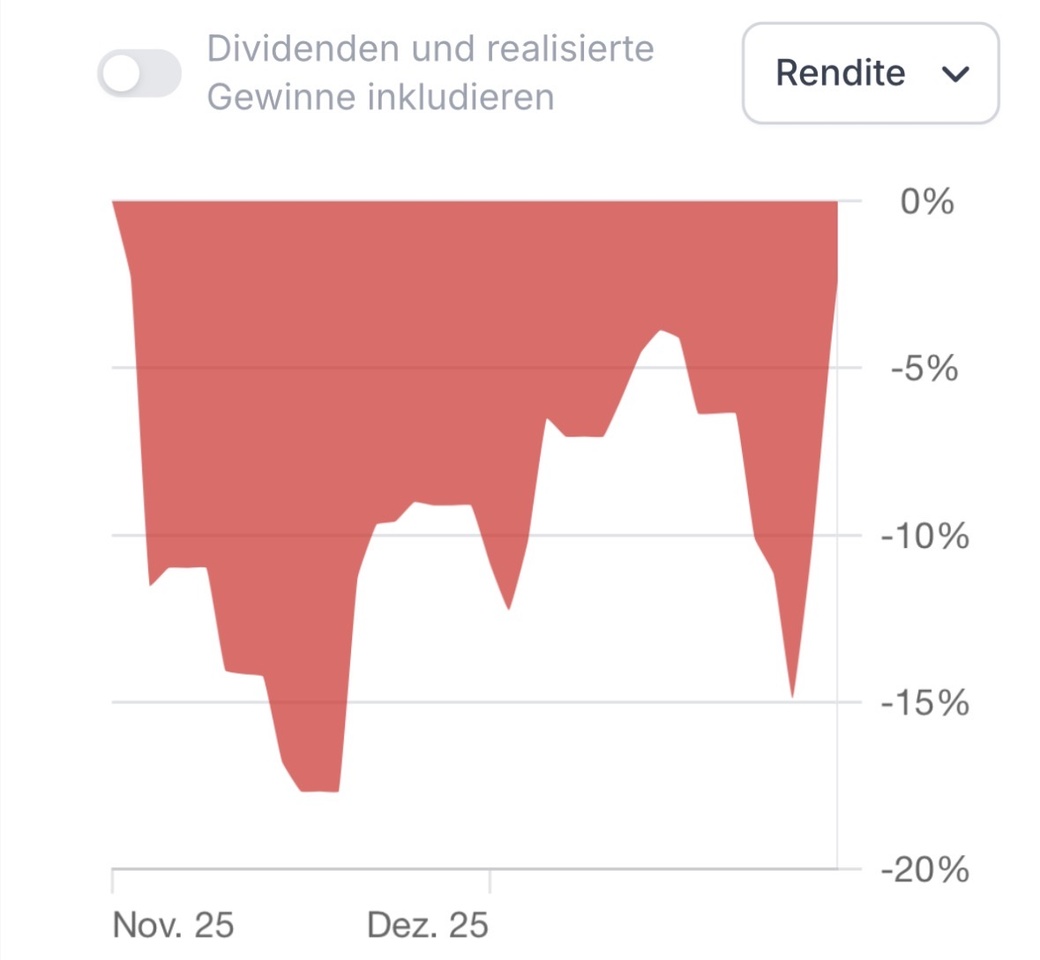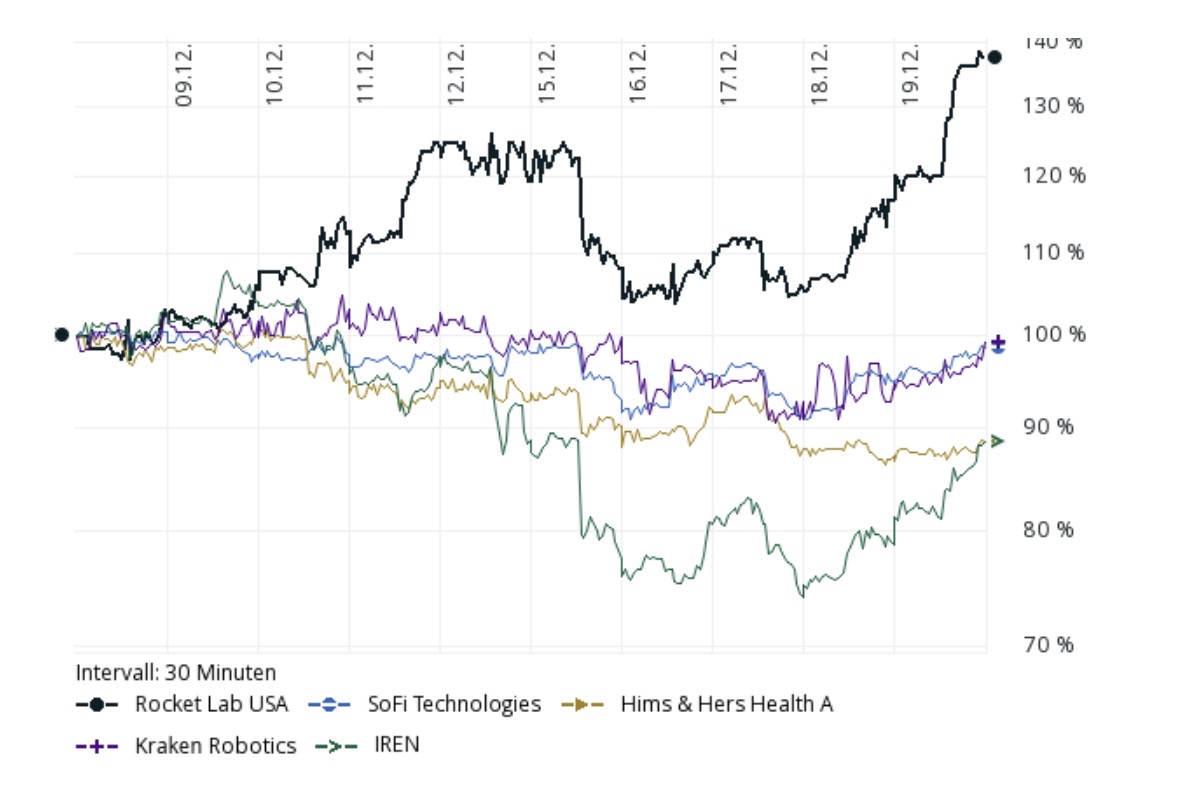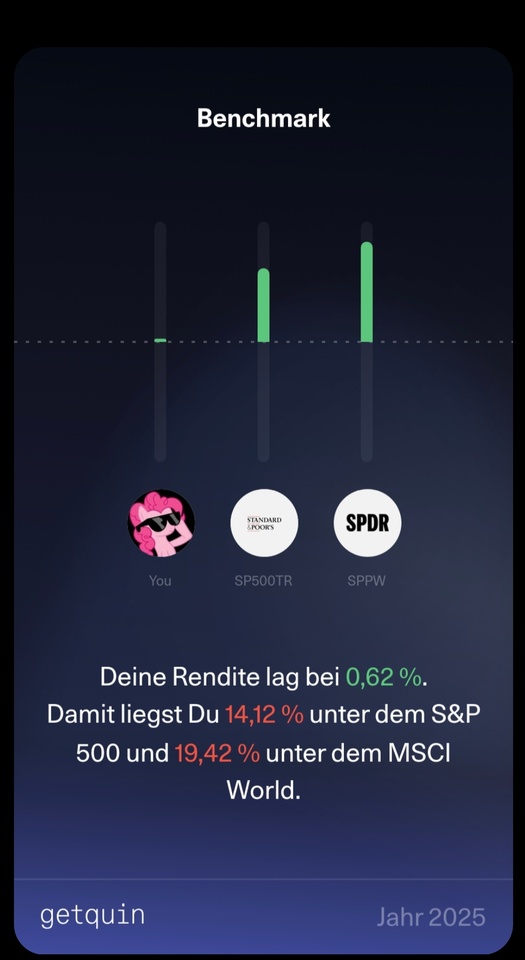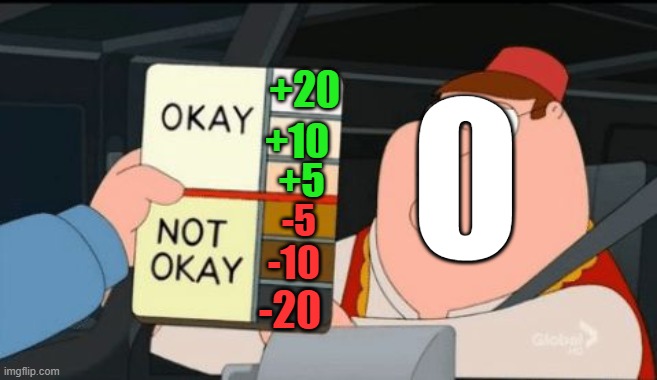Hello everyone,
after almost 1 1/2 years as a silent partner on gq, I have decided to have my portfolio taken apart 😋
A few words about me and then about my portfolio.
I am 31 years old, live with my girlfriend and our 4-month-old son in the heart of Bavaria in our small home.
My girlfriend and I both work as employees in an automobile company. (She is currently on parental leave, of course)
About my portfolio.
I started my investment career with physical precious metals and shortly afterwards with cryptos.
When it came to cryptos, I got carried away by friends, I didn't know my way around them back then (I probably wouldn't take such a risk today). Fortunately, this turned out to be a good thing in hindsight.
A good three years ago, I added the first of what are now three portfolios with different strategies.
Depot (presumably for retirement)
$IWDA (+0.01%) / $MEUD (+0.93%) / $CSPX (-0.29%) / $EXS1 (+0.16%) / $EIMI (+2.77%) / $WSML (+0.41%)
2.dividend deposit (for cash flow as a reward on the joint account)
$HMWO (-0.02%) / $ISPA (+0.94%) / $TDIV (+0.73%) / $VFEM (+2.6%)
3.JuniorDepot
$VHYG (+0.65%) / $VWRL (+0.67%) as an accumulator.
Both ETFs are being saved in because the grandparents are financing one of them and I would like to keep them separate and not open an extra custody account.
All custody accounts are saved monthly.
So much for me and my portolio.
I would be very happy to receive any criticism, suggestions for improvement or similar and wish everyone happy holidays ✌🏻










